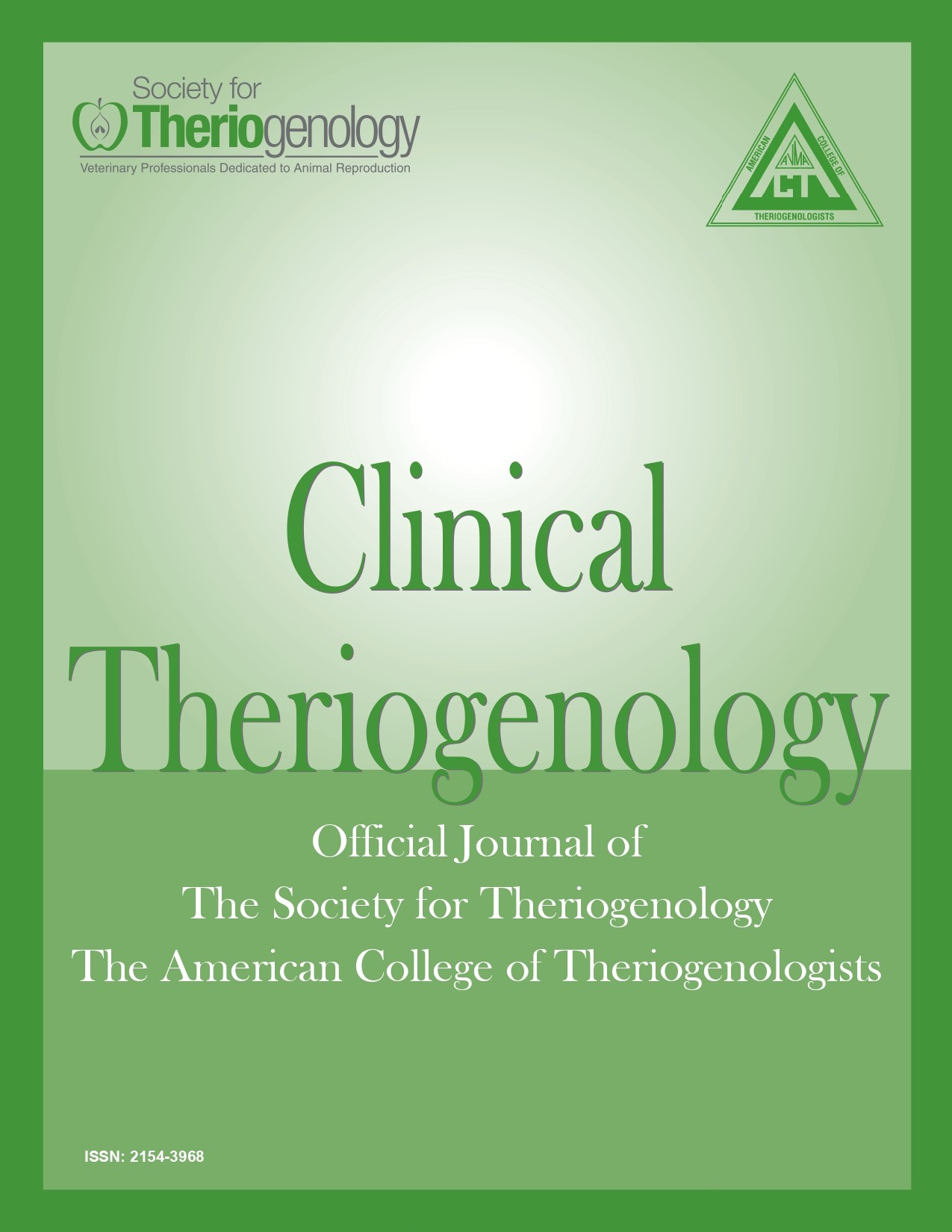Sedation in combination with local anesthesia was as effective as general anesthesia for canine castrations
Abstract
The object of the study was to compare evidence of pain in dogs castrated while anesthetized with
that of dogs castrated while sedated and after desensitizing the testes and site of incision with local
anesthetic solution. All dogs were sedated with xylazine (1 mg/kg, intramuscularly). For the local
anesthesia treatment, dogs were given 2% lidocaine subcutaneously in the pre-scrotal area and
intratesticularly; total doses ranged from 4.2 to 14.9 mg/kg (10.7 mg/kg ± 2.4 mg/kg, mean ± SD). For the
general anesthesia treatment, once dogs were sedated, they were given propofol (4.4 mg/kg,
intravenously) as a bolus, with an additional bolus of propofol (2.2 mg/kg, intravenously) given if signs of
insufficient anesthetic depth were evident during surgery. The interval from sedation to incision and
overall duration of castration surgery were similar for both treatments. Movement scores during surgery
did not differ significantly between treatments. Respiratory rates were not significantly different between
treatments or over time. However, in both treatments, there was a significant reduction in heart rate
during surgery as compared to the preoperative heart rate. Based on objective assessments, measured
indicators of pain were not different for canine castrations performed under local versus general
anesthesia.
Downloads

This work is licensed under a Creative Commons Attribution-NonCommercial 4.0 International License.
Authors retain copyright of their work, with first publication rights granted to Clinical Theriogenology. Read more about copyright and licensing here.





